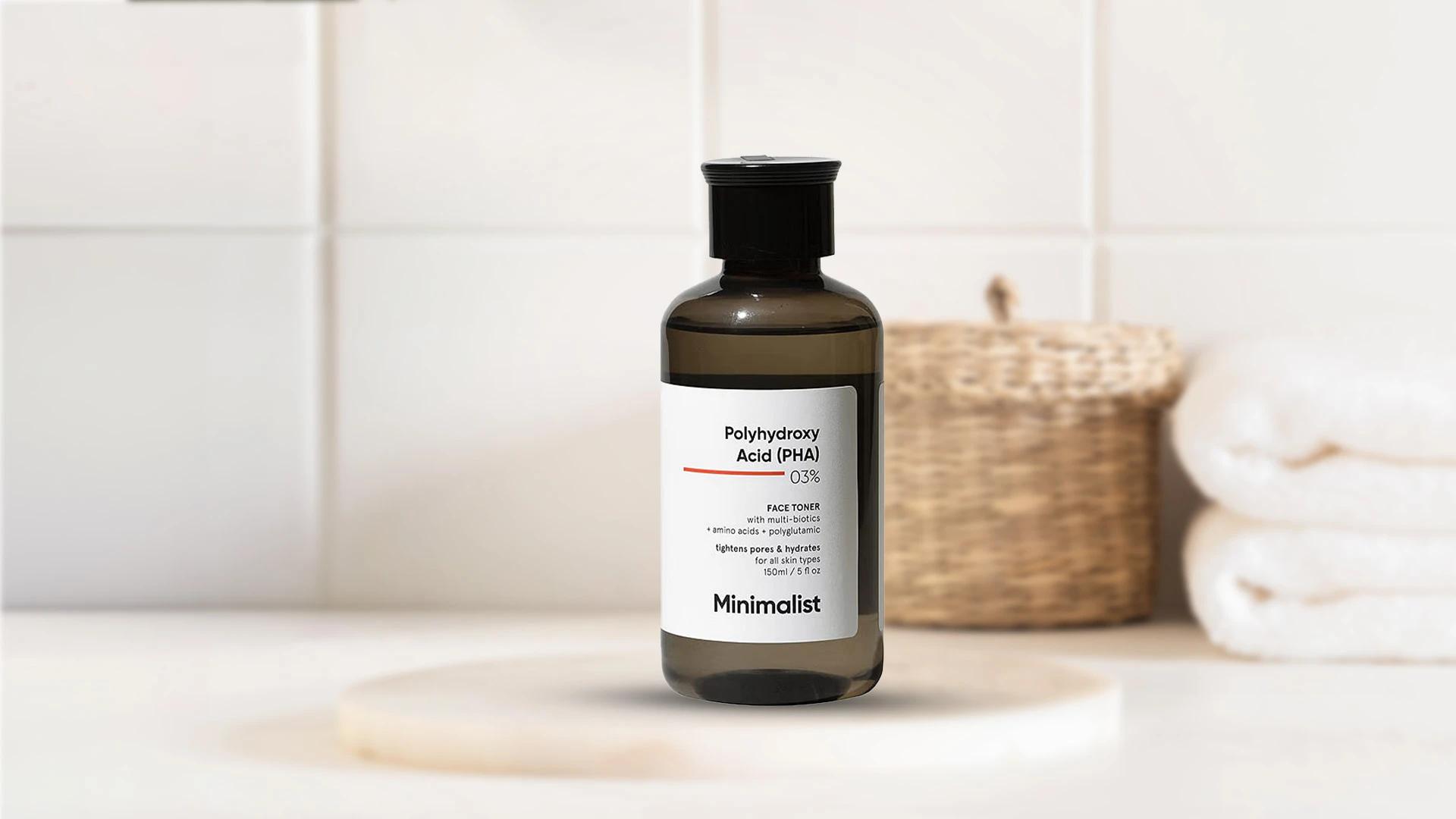are brilliant for resurfacing your skin. They help with fine lines, dark spots, and overall skin texture—but start slowly to avoid irritation.
Witch Hazel Toners
Witch hazel toners are natural astringents that help control oil and tighten pores. They're particularly good for oily or acne-prone skin types.
Application Frequency Guide
How often should you use toner? It depends on your skin type and the formula you're using. Hydrating toners can be used twice daily, whilst exfoliating toners might be better suited to every other day or just evenings. Start with less frequent use and gradually increase as your skin builds tolerance. Pay attention to how your skin responds—it'll tell you if you're overdoing it.
Troubleshooting Common Issues
Not seeing results or experiencing irritation? You might need to adjust your approach. If your skin feels tight or irritated, you could be using too much product or choosing a formula that's too strong for your skin type. On the flip side, if you're not seeing any benefits, you might need a more active formula or to be more consistent with application. Remember, skincare is a marathon, not a sprint.
Frequently Asked Questions
Can I use toner if I have sensitive skin?
Absolutely! Look for alcohol-free, fragrance-free formulas with soothing ingredients like aloe vera or chamomile. Start with once daily application to see how your skin reacts.
Is toner necessary in a skincare routine?
Whilst not absolutely essential, toner can definitely add value to your routine by helping balance your skin's pH and delivering targeted ingredients. It's particularly helpful if you have specific skin concerns.
Can I use toner around my eyes?
Be cautious with the delicate eye area. Stick to gentle, hydrating formulas and avoid anything with strong actives like glycolic acid near your eyes.
How long does it take to see results from using a toner?
This varies depending on the formula and your skin concerns. Hydrating effects might be noticeable immediately, whilst improvements in texture or pore appearance could take 4-6 weeks of consistent use.
Final Thoughts
Mastering toner application isn't rocket science, but getting the details right can make a real difference to your skin. Remember to choose a formula that matches your skin type, apply it gently, and give it time to work. Whether you're after hydration, exfoliation, or pore refinement, the right toner application techniques will help you get there. Start slowly, be consistent, and let your skin guide you on this journey. Your future self will definitely thank you for taking the time to get this step right.

 100 ml
100 ml 100 ml
100 ml